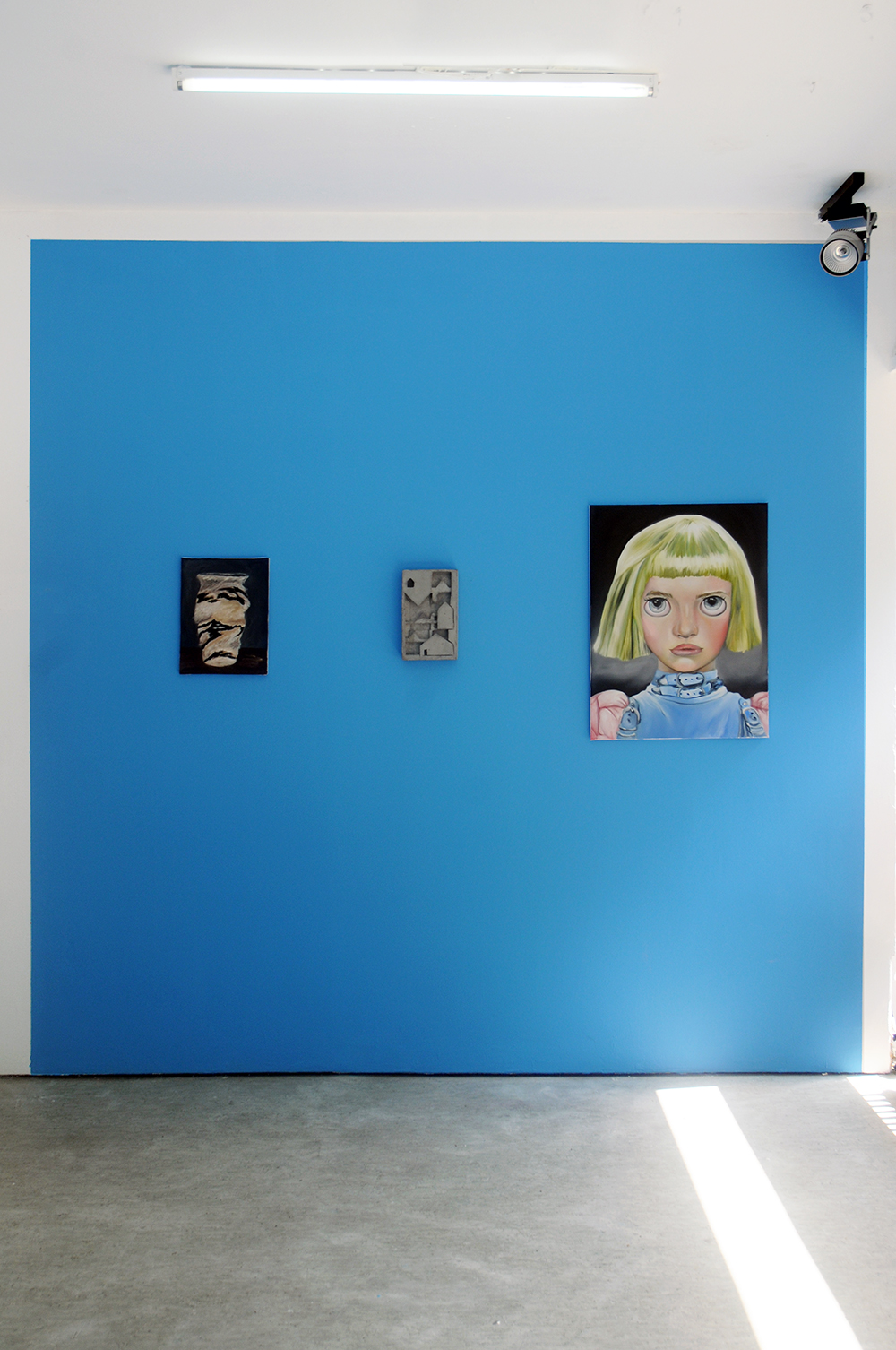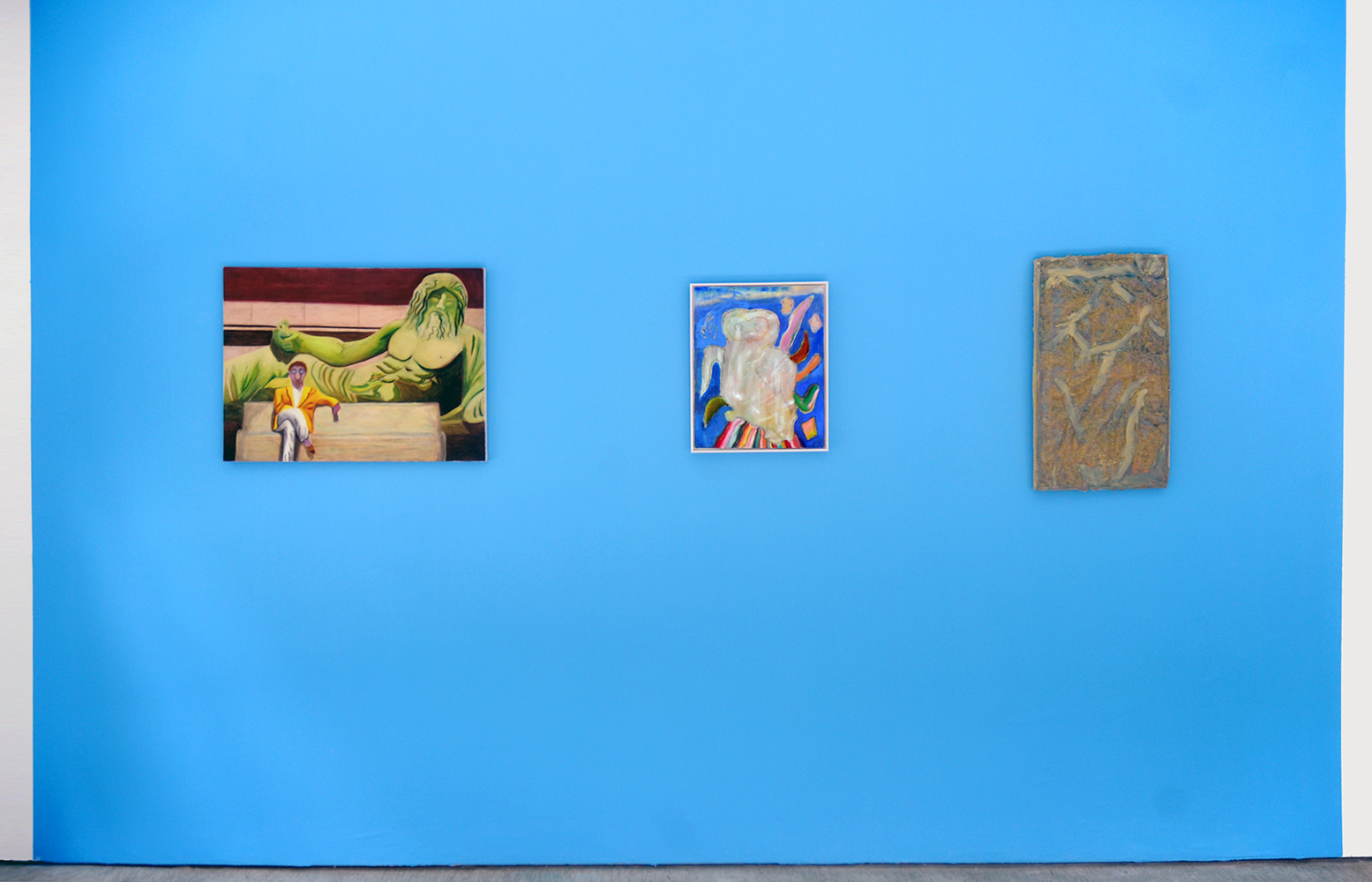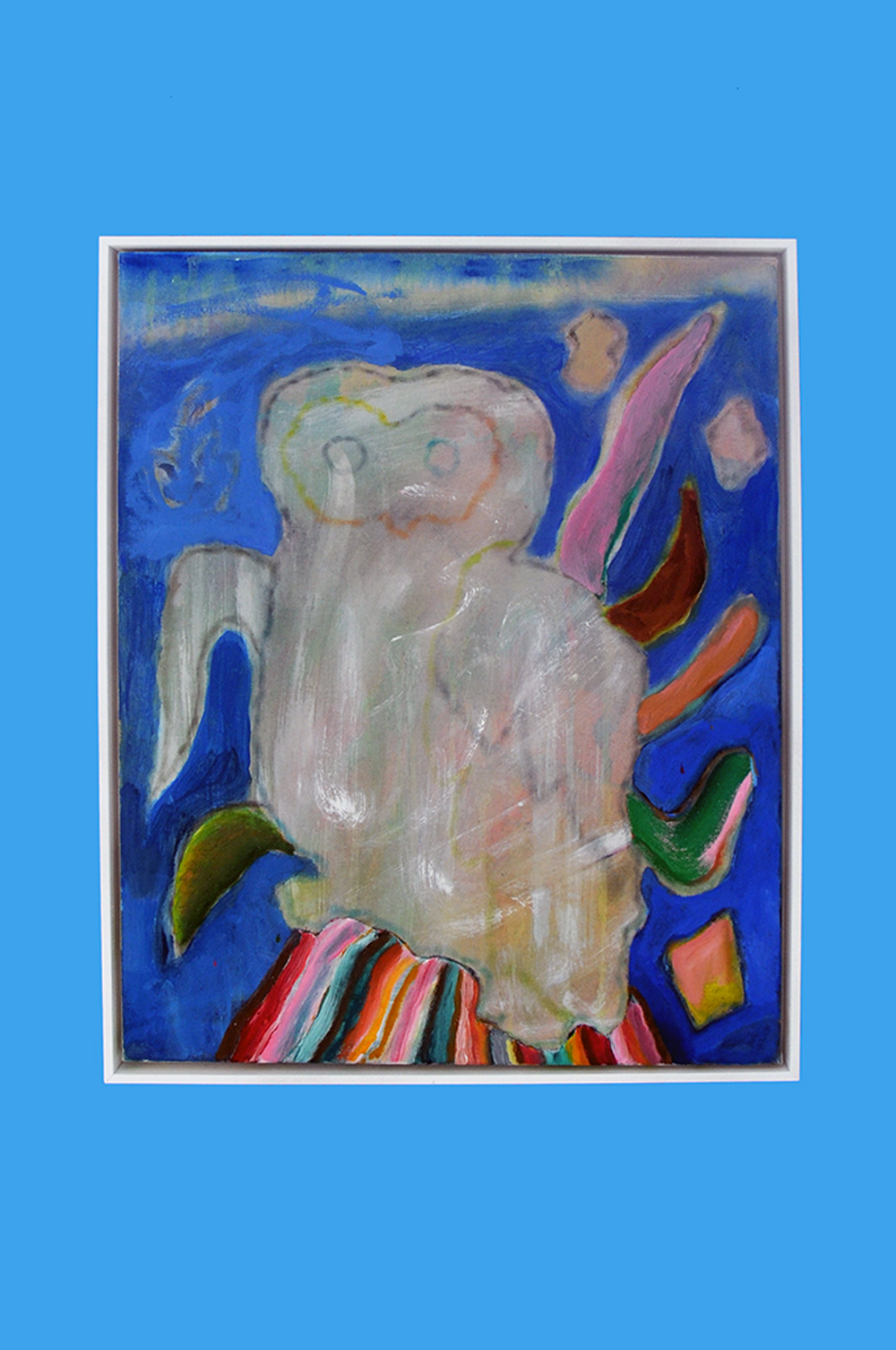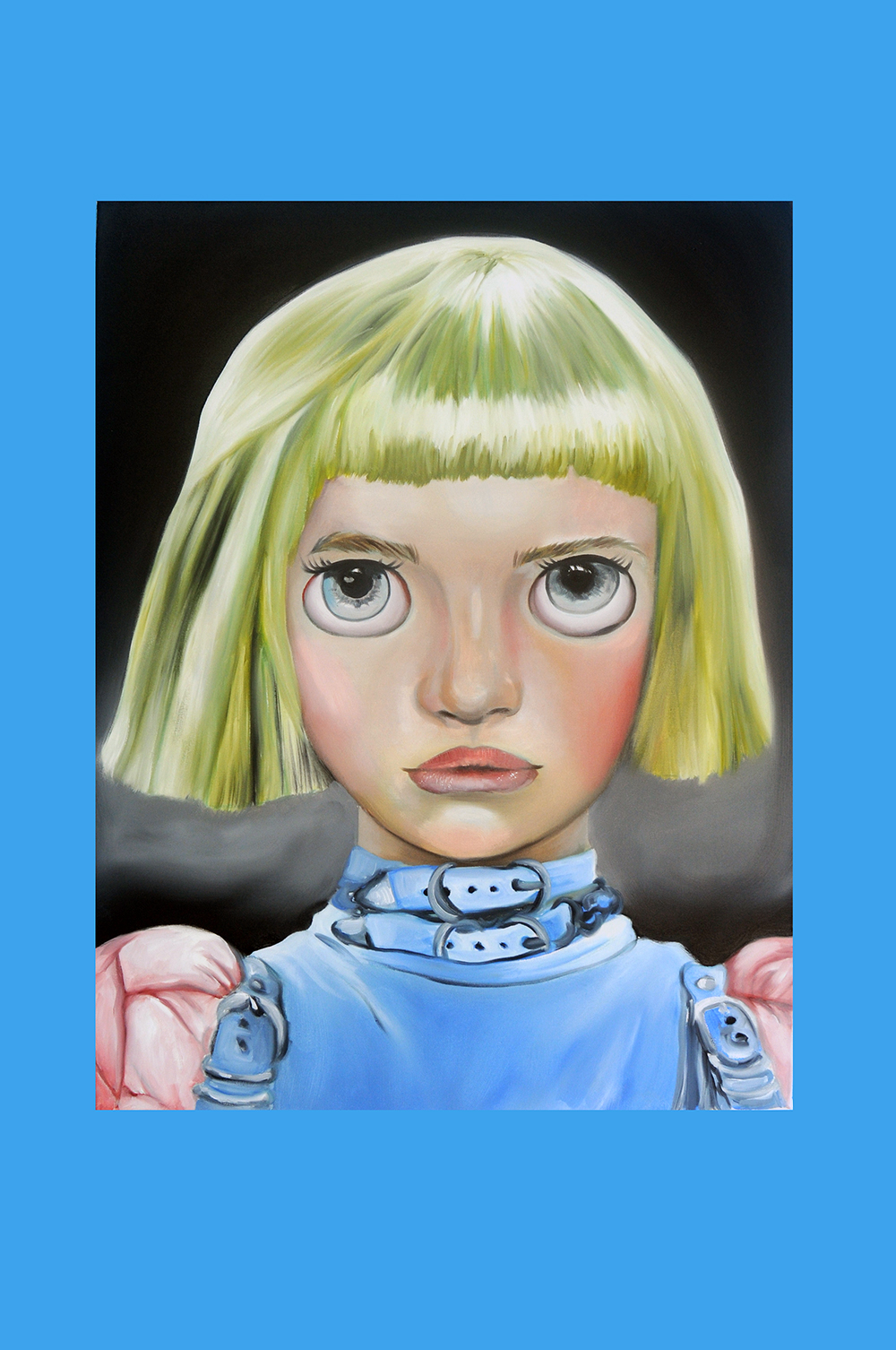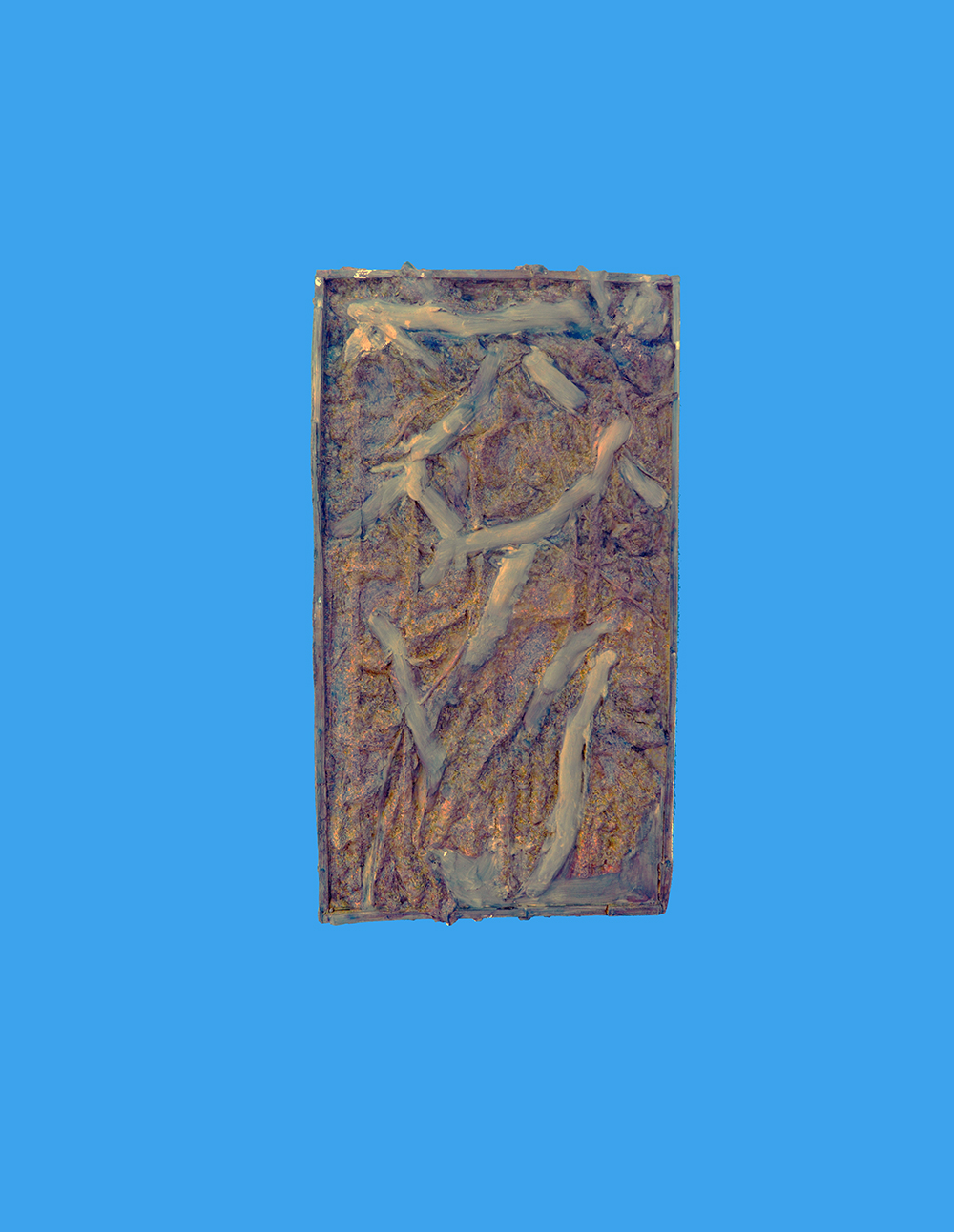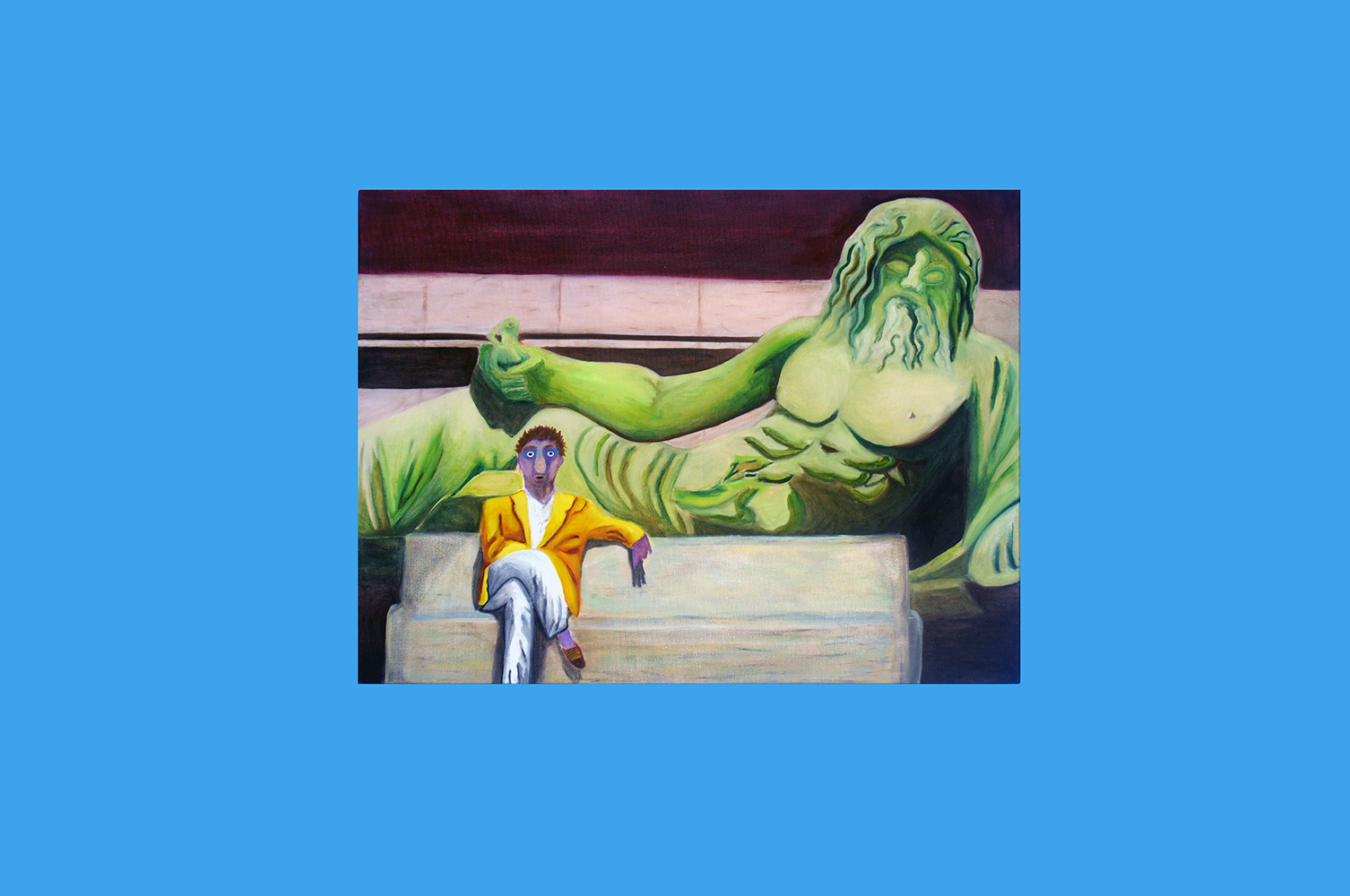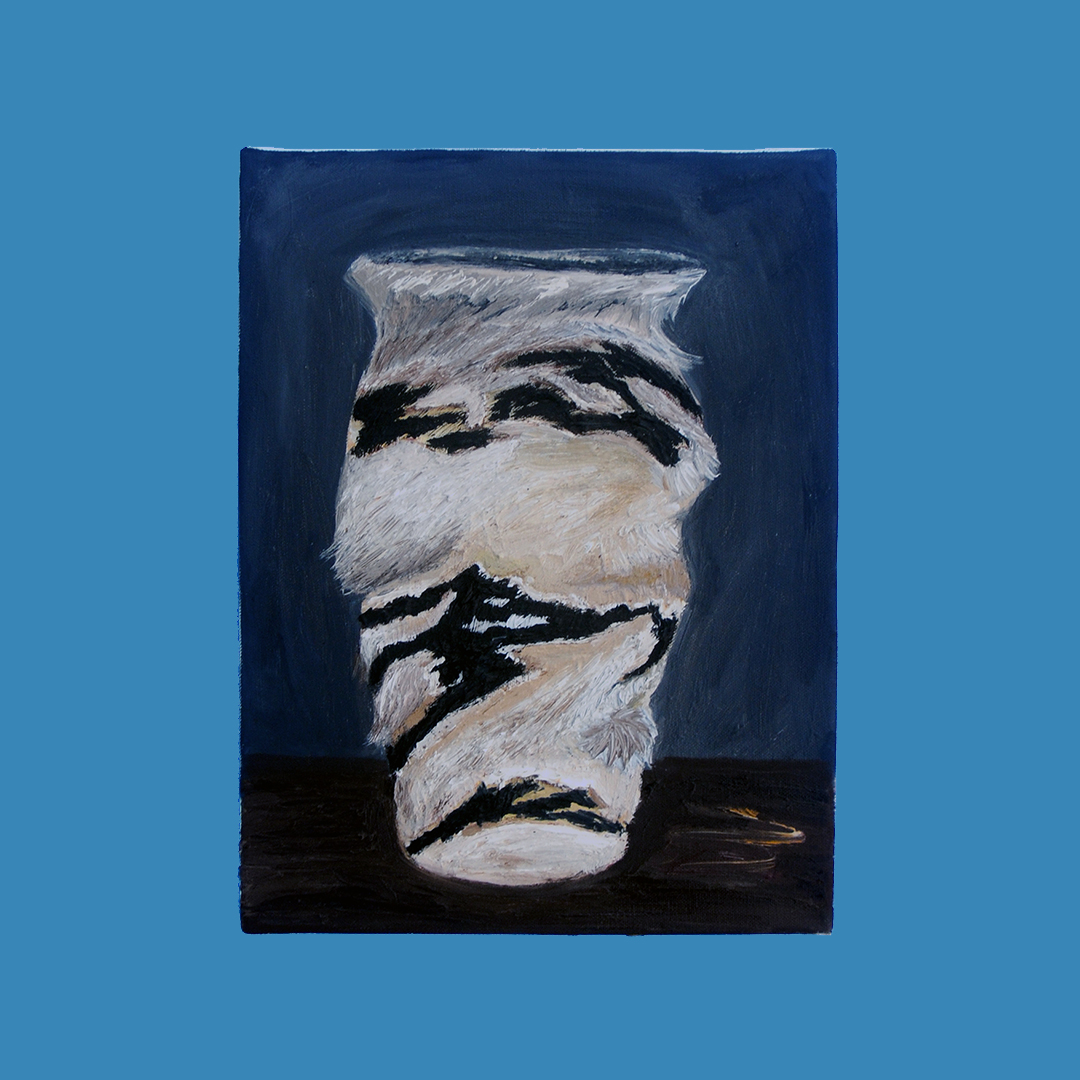Past
Andy Best, Jana Jedermann, Charlie Stein, Alexander Butter, Friedemann Grieshaber, Noemi Pfister
Artificial Natures
Man/machine, nature/cultural space, naturalness/performance - we encounter these supposed opposites every day in a postmodern, domesticated and technologized world. What challenges do these contradictions confront us with? Can they be resolved? Are there winners and losers, rulers and ruled? Or can respectful coexistence only succeed once such binaries have been overcome?
These are all questions that the works by Andy Best, Friedemann Grieshaber, Jana Jedermann, Noemi Pfister, and Charlie Stein shown in the group exhibition artificial natures negotiate - in sometimes more, sometimes less obvious ways.
The work Owl on the Ground by Australian artist Andy Best may at first glance seem to be a pure representation of nature, but it is based on the work of a bot programmed by the artist himself. The resulting contrast between algorithm-based artificiality and traditional technique, or naturalness of motif, creates a new form of technically informed yet personalized and traditional artistic creation that reveals possibilities for answering questions of compatibility and coexistence.
By playing with materiality and motifs, Jana Jedermann also questions the relationship between humans and nature, focusing on domestication, which is especially evident in her work Fellvase. Appropriation, reproducibility, and mimicry are categories that have always defined the relationship between man and nature, or wilderness and civilization. Fur, as an originally natural material that has, however, been given completely different connotations in its utilization by humans, unites and negotiates these categories in a particularly impressive and intense way.
The examination of the influences of advancing technologization and digitalization becomes very obvious in the work Application (Tess) by the Berlin artist Charlie Stein, who refers here to the bot of an app that is supposed to support users in caring for their psychic hygiene. It seems absurd and owes to an almost bigoted belief in progress through engineering and technology to negotiate deeply human needs and emotions in interaction with an artificial intelligence, thus attempting to replace social interactions with a depersonalized and depersonalized version of them. By giving this artificial intelligence a face and a body, Stein attempts to narrow the gap that has emerged between the desire for efficiency, for maximum predictability, and the deeply human need for connection and haptics that we consciously and unconsciously confront on a daily basis in a highly technologized world.
Elsa Mack


